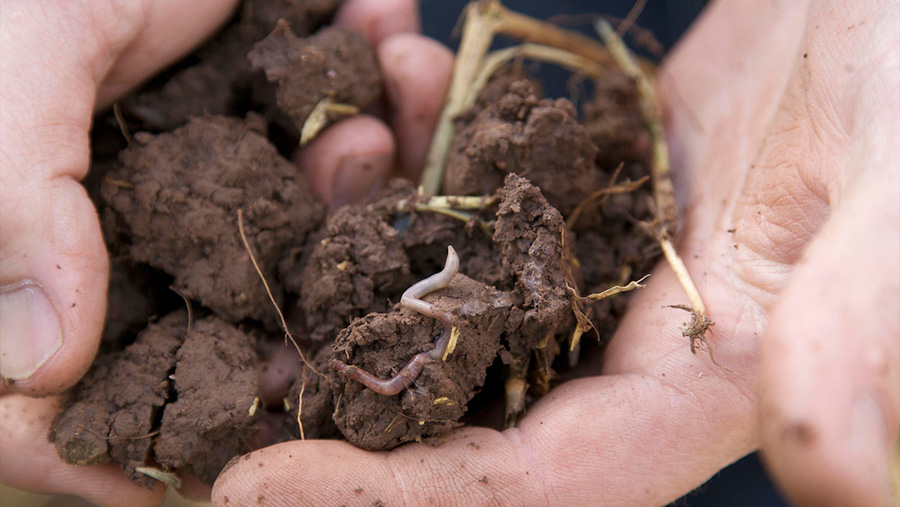Cereals 2021: Standard carbon footprinting tool by 2023
 © Tim Scrivener
© Tim Scrivener A carbon footprinting tool based on a common, UK industry-wide approach is being developed by the AHDB and Defra and should be ready by the start of 2023, it was revealed at Cereals.
With as many as 64 different carbon tools currently available in the UK, having a common methodology is becoming increasingly important, said Harley Stoddart of AHDB, especially as farmers are starting to consider carbon trading.
“The main problem the industry has at the moment is that the existing tools don’t all do the same thing,” he said.
See also: How two growers are using regenerative farming to protect water
“Harmonising the approach will help to bring some clarity. At the moment, farmers are often left with more questions than answers after they have been through a carbon footprinting exercise.”
While all the tools do show the direction of travel, some are light touch and others are more robust.
“As a rule of thumb, the tools based on modelling are not as good as those based on measurement,” he noted.
A uniform metric for measuring a carbon footprint will help those starting to look at ways of generating income from the carbon market, added Mr Stoddart, where there is a need for robust evidence to demonstrate permanence and additionality.
“Look before you leap. Think about what could happen if you have sold carbon credits and the scheme is then scrutinised. Remember that unlike woodland and peatland, we don’t yet have a soil carbon code.”
Carbon efficient
For those interested in being rewarded for capturing carbon, Mr Stoddart suggested they should start by looking at ways of becoming more carbon efficient and opportunities to capture more carbon.
“It is important to understand the difference between carbon sequestration and carbon stock.
“A good starting point is to look at the carbon balance of your farm – if you have surplus carbon, put a buffer in before starting to trade.”
Building soil organic matter is never a bad thing, he added. “It brings agronomic benefits that lead to better resource use efficiency.
“With carbon footprint, it’s not all about reducing emissions. You need to maintain productivity, too.”

